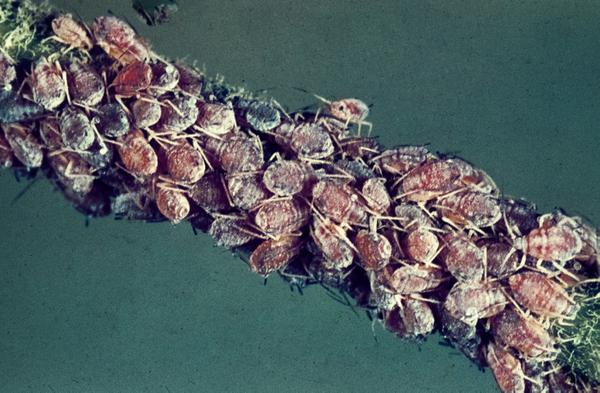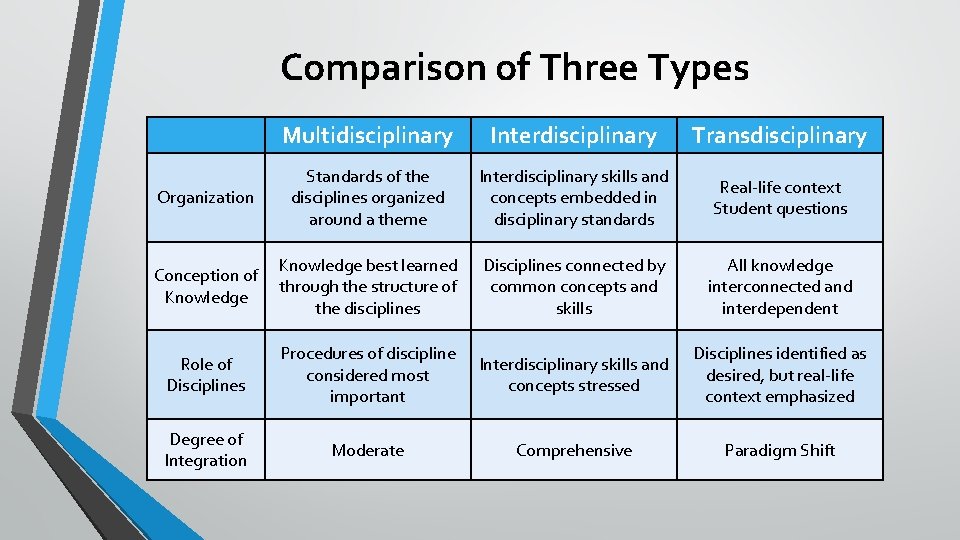10-30% Apple Harvest Reduction Predicted: The Rosy Apple Aphid Threat

Table of Contents
Understanding the Rosy Apple Aphid (Dysaphis plantaginea): Its Life Cycle and Impact
The rosy apple aphid, also known as the apple aphid or Dysaphis plantaginea, is a small, pear-shaped insect with a distinctive pinkish-rosy hue. Its life cycle begins with eggs laid on apple tree bark during autumn. These eggs overwinter and hatch into nymphs in spring. These nymphs then develop into adult aphids, ready to reproduce asexually, leading to rapid population growth. Apple trees are their primary host, but they may also feed on related plants in the Rosaceae family.
The rosy apple aphid feeds by sucking sap from apple leaves, buds, and shoots. This sap-sucking activity causes significant damage:
- Leaf curling and distortion: Infested leaves become curled, distorted, and stunted, hindering photosynthesis.
- Reduced fruit size and quality: Aphid feeding weakens the tree, leading to smaller, less appealing, and potentially malformed fruit.
- Sooty mold development: Aphids excrete honeydew, a sticky substance that provides a breeding ground for sooty mold, further affecting fruit quality and marketability.
- Increased susceptibility to other diseases: Weakened trees are more vulnerable to secondary fungal and bacterial infections.
These combined effects significantly reduce the overall yield and quality of the apple harvest, making the rosy apple aphid a serious threat to apple production.
Factors Contributing to the Increased Rosy Apple Aphid Population
Several factors contribute to the increased rosy apple aphid populations and subsequent outbreaks:
- Mild winters: Milder winters result in higher overwintering survival rates of aphid eggs, leading to larger populations in the spring.
- Favorable spring weather: Warm, dry spring conditions promote rapid aphid reproduction and population growth.
- Lack of natural predators: The overuse of broad-spectrum pesticides can eliminate natural predators like ladybugs and lacewings, which usually keep aphid populations in check. Habitat loss also plays a role in reducing the number of these beneficial insects.
Human activities further exacerbate the problem:
- Monoculture farming: Large-scale monoculture apple orchards create ideal conditions for aphid outbreaks, due to a lack of diversity and reduced natural pest control.
- Pesticide overuse: The indiscriminate use of pesticides can lead to pesticide resistance in aphids, making control increasingly difficult and harming beneficial insects. This contributes to an imbalance in the ecosystem, making the orchard more vulnerable to infestations.
Assessing the Extent of the Damage: Predicting Apple Harvest Reduction
Assessing the severity of rosy apple aphid infestations involves various methods:
- Visual inspection: Regularly inspecting apple trees for signs of infestation, such as leaf curling, honeydew, and the aphids themselves.
- Sampling techniques: Using standardized sampling techniques to estimate aphid populations per tree or per orchard.
Predicting a 10-30% harvest reduction relies on several factors:
- Regional variations: Aphid populations vary geographically, with some regions experiencing more severe infestations than others.
- Severity of infestation: The intensity of the infestation within individual orchards significantly impacts yield.
- Effectiveness of control measures: The timely and effective implementation of pest management strategies directly influences the extent of crop loss.
While precise figures require extensive research and data collection specific to each region, current observations and historical data from affected areas support the prediction of significant harvest reductions in areas with severe infestations. (Further research and citations would be needed here for a published article).
Strategies for Managing Rosy Apple Aphid Infestations and Mitigating Harvest Losses
Effective management of rosy apple aphid infestations requires a multi-pronged approach using Integrated Pest Management (IPM) strategies:
- Monitoring aphid populations: Regular monitoring is crucial to detect infestations early and assess their severity.
- Biological control: Utilizing natural predators like ladybugs and lacewings to control aphid populations naturally.
- Targeted pesticide application: Applying pesticides only when necessary and at appropriate thresholds, choosing products with minimal impact on beneficial insects.
- Cultural control: Implementing cultural practices like pruning to improve air circulation, reducing humidity, and removing infested leaves and branches.
Other strategies include:
- Resistant apple varieties: Planting apple varieties with some inherent resistance to rosy apple aphids.
- Sustainable agricultural practices: Promoting sustainable agricultural practices that minimize pesticide use and support biodiversity within the orchard ecosystem.
Conclusion: Protecting Apple Harvests from the Rosy Apple Aphid Threat
The rosy apple aphid poses a significant threat to apple harvests worldwide, with predictions of a 10-30% reduction in yield in severely affected areas. The economic impact of such losses is considerable. Implementing effective rosy apple aphid management strategies, such as those outlined in this article, is crucial to mitigate these losses. Adopting Integrated Pest Management (IPM) strategies, using resistant apple varieties, and promoting sustainable agricultural practices are vital steps in protecting apple crops. Learn more about rosy apple aphid control and contact your local agricultural extension services for advice on managing rosy apple aphids and protecting your apple crops. [Insert links to relevant resources here]

Featured Posts
-
 Unlocking Innovation The Power Of Interdisciplinary And Transdisciplinary Collaboration
May 19, 2025
Unlocking Innovation The Power Of Interdisciplinary And Transdisciplinary Collaboration
May 19, 2025 -
 World Cup Qualifiers Norway Cruises To Victory With Haalands Dominant Performance Against Moldova
May 19, 2025
World Cup Qualifiers Norway Cruises To Victory With Haalands Dominant Performance Against Moldova
May 19, 2025 -
 Muere Juan Aguilera El Tenis Espanol De Luto
May 19, 2025
Muere Juan Aguilera El Tenis Espanol De Luto
May 19, 2025 -
 Luis Robert Jr Trade Interest Mets In The Mix
May 19, 2025
Luis Robert Jr Trade Interest Mets In The Mix
May 19, 2025 -
 Ierosolyma Eksereynontas Tin Topothesia Tis Anastasis Toy Lazaroy
May 19, 2025
Ierosolyma Eksereynontas Tin Topothesia Tis Anastasis Toy Lazaroy
May 19, 2025
